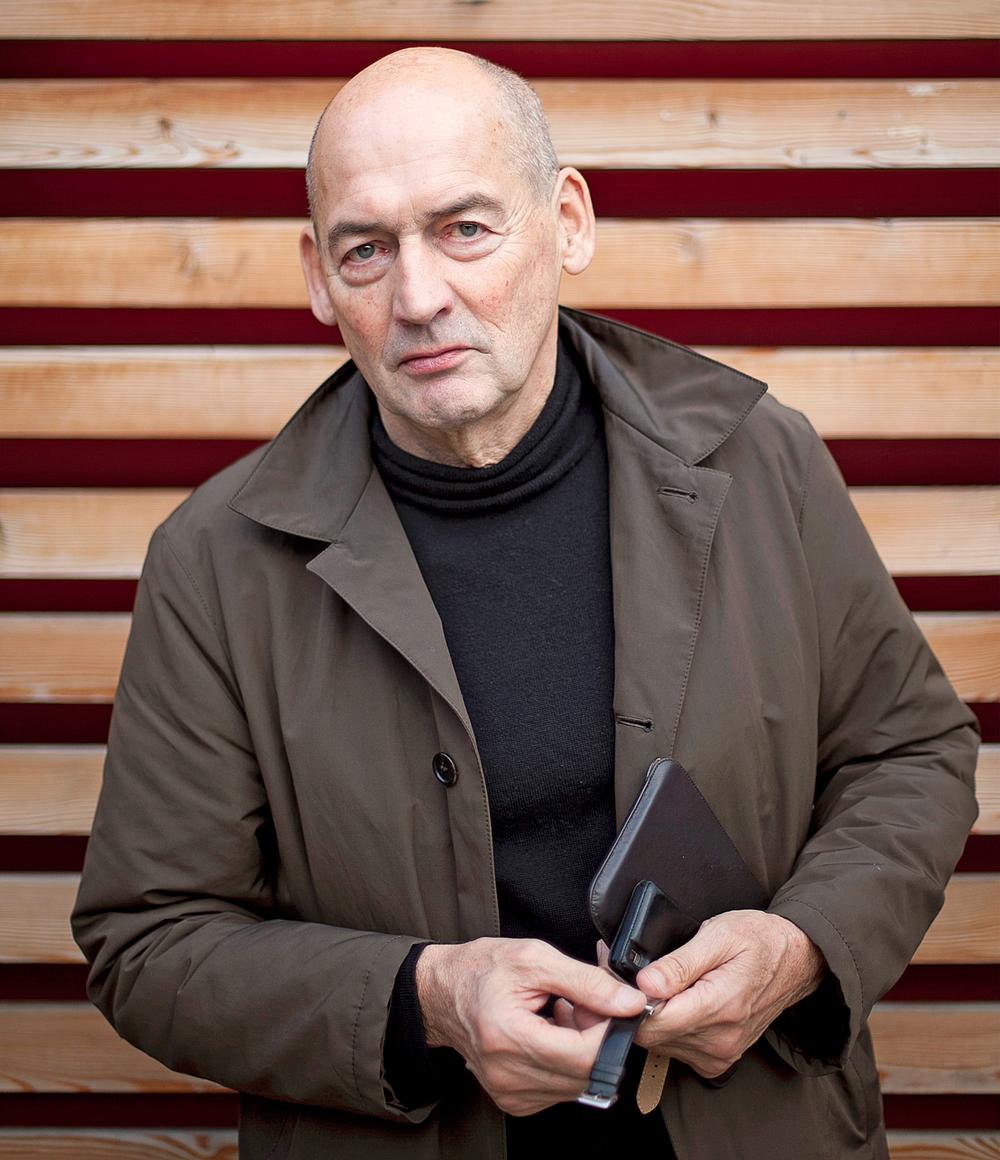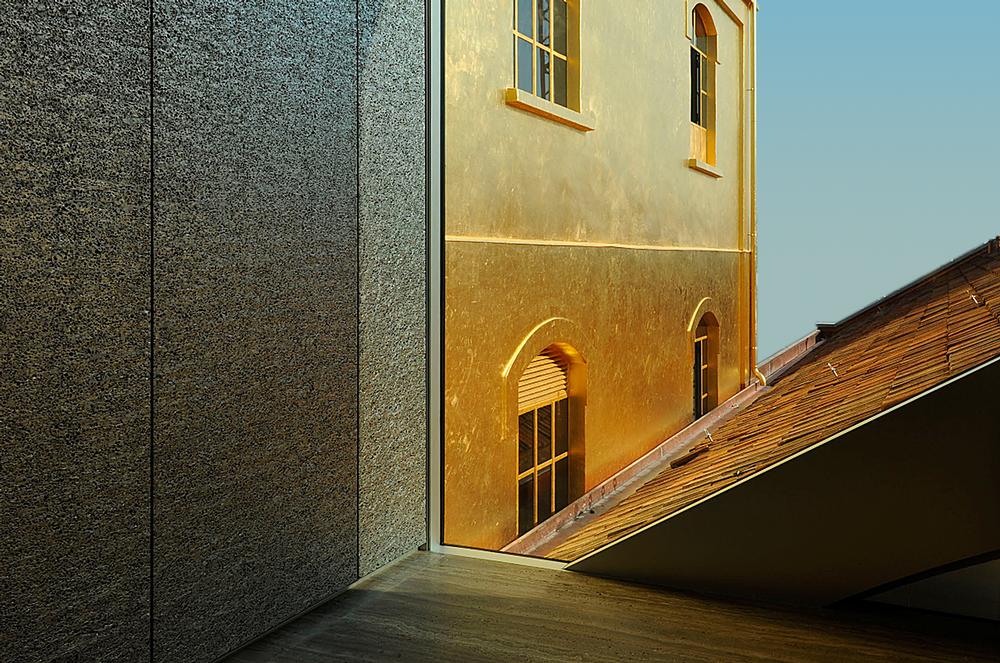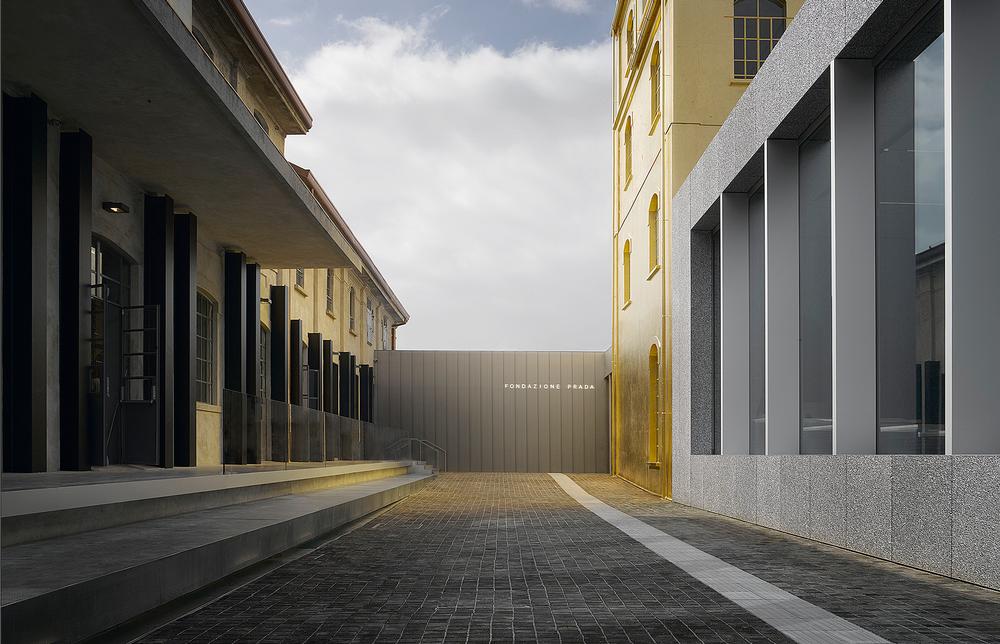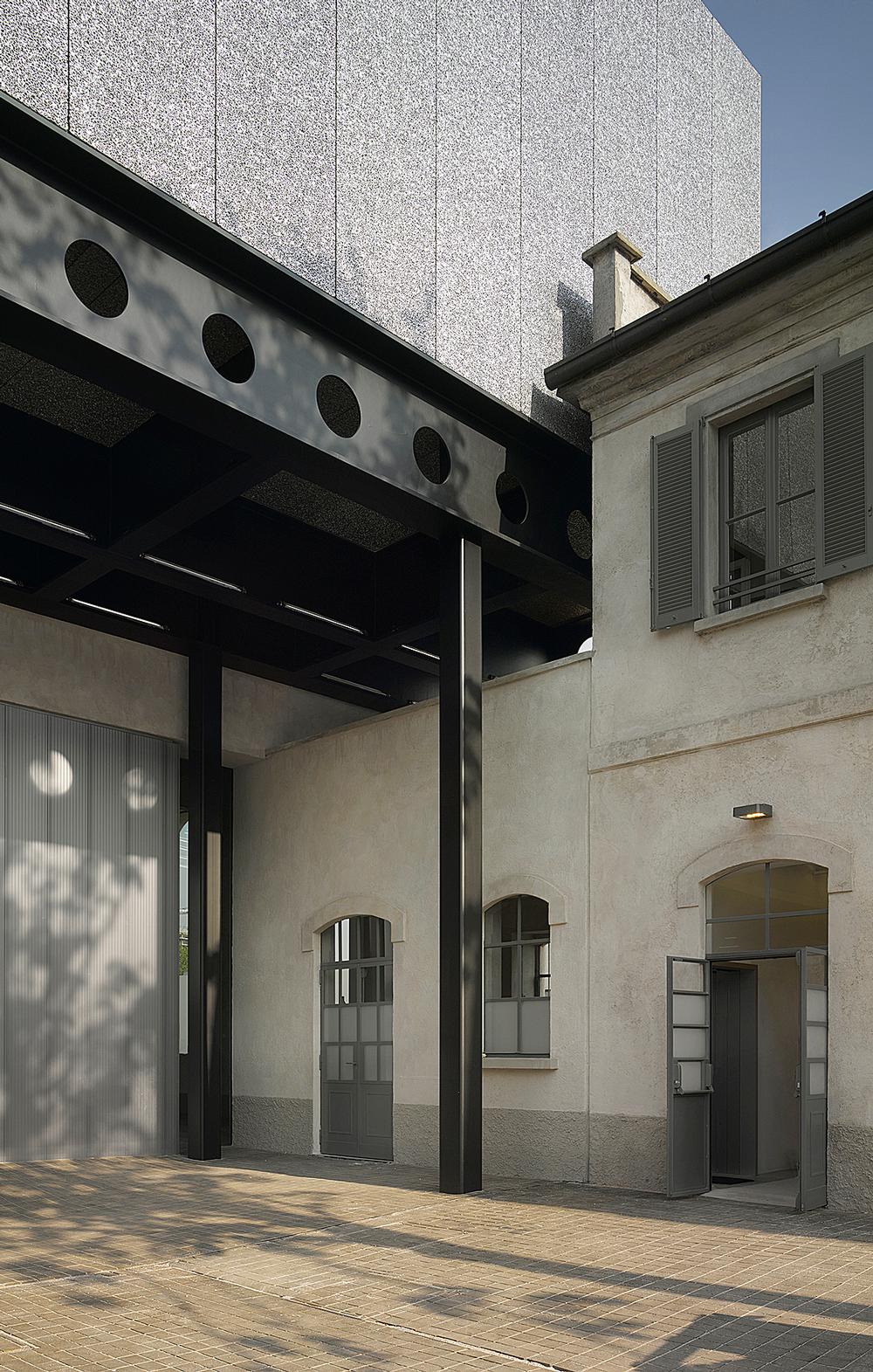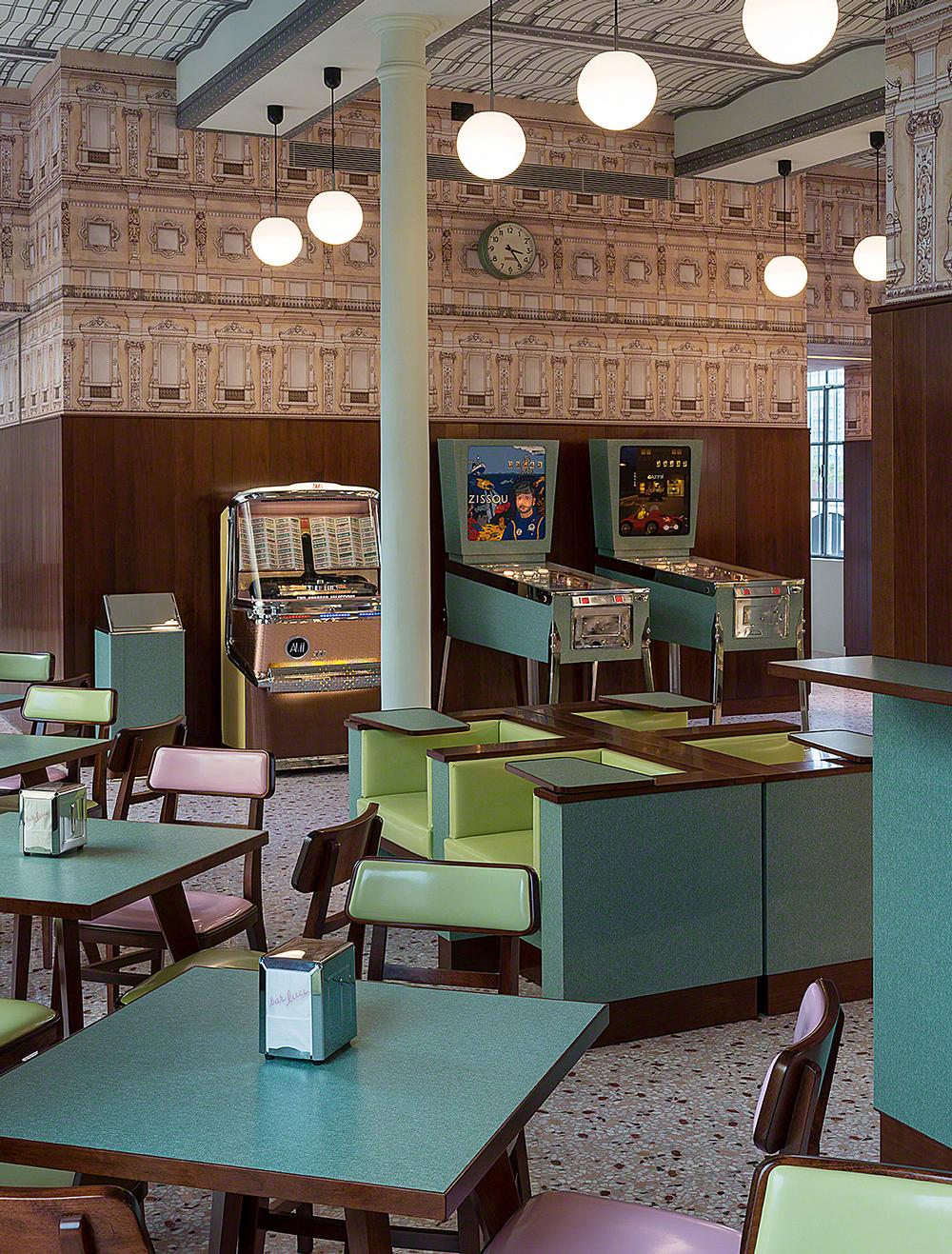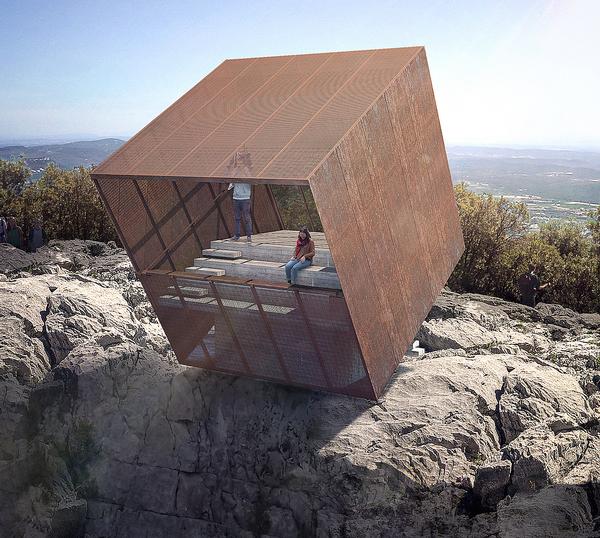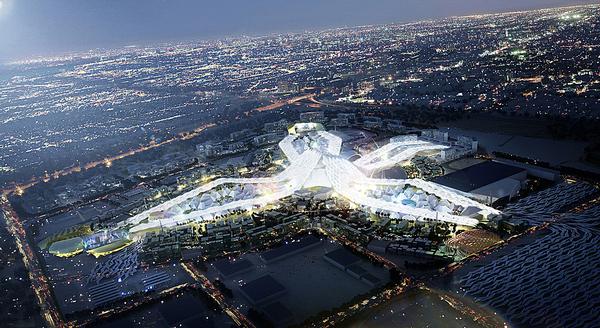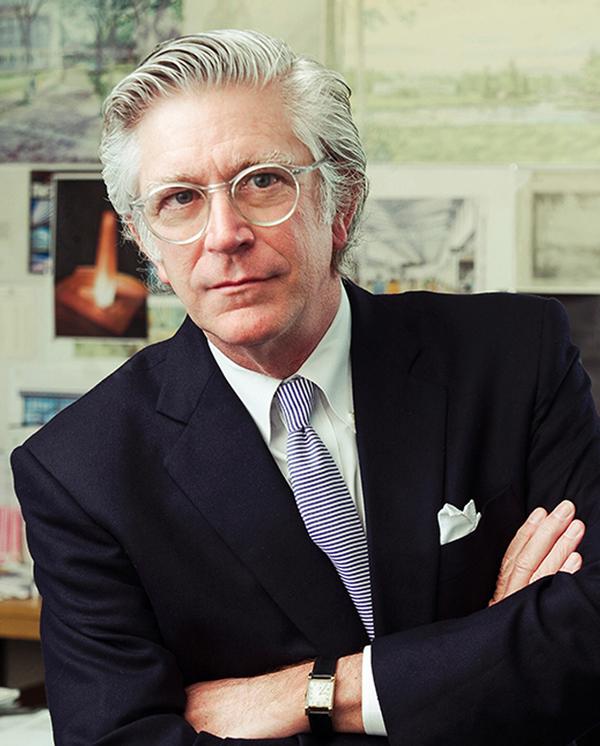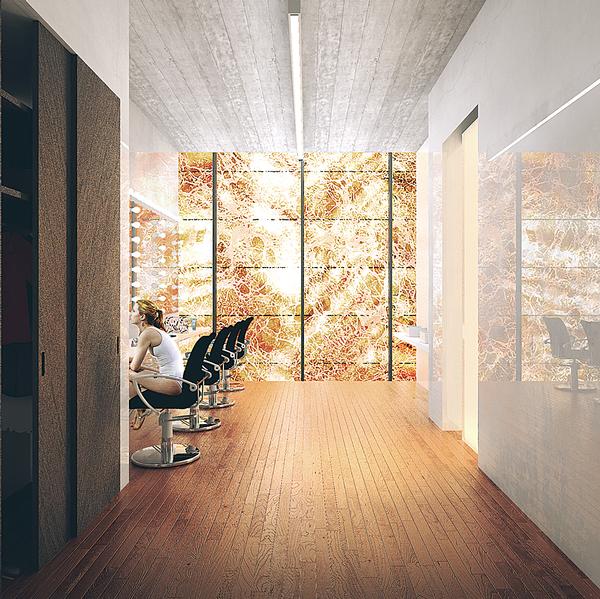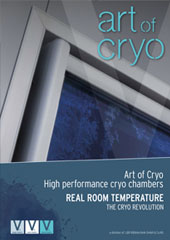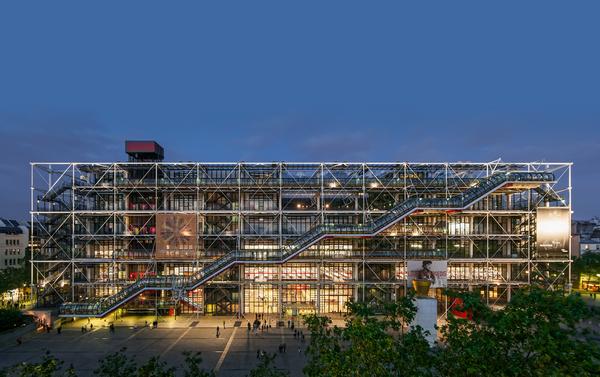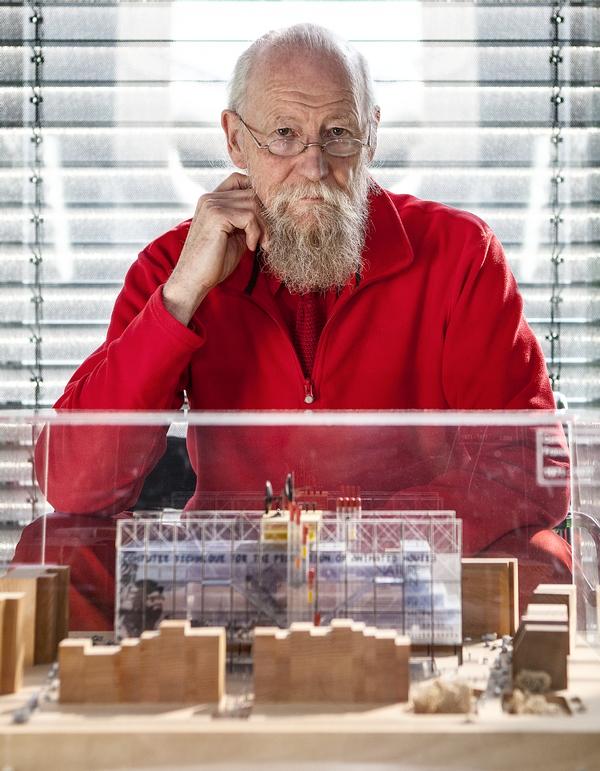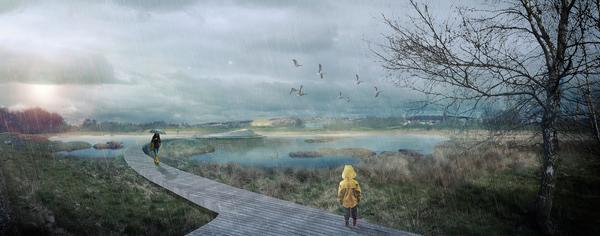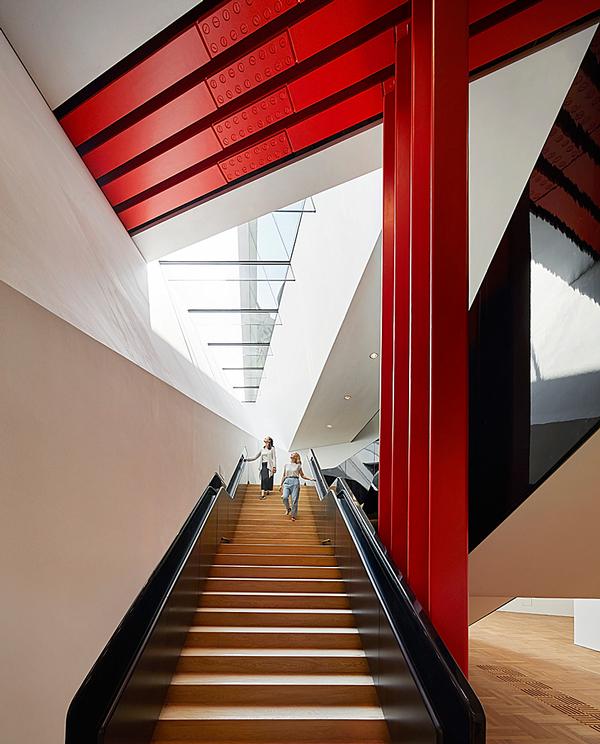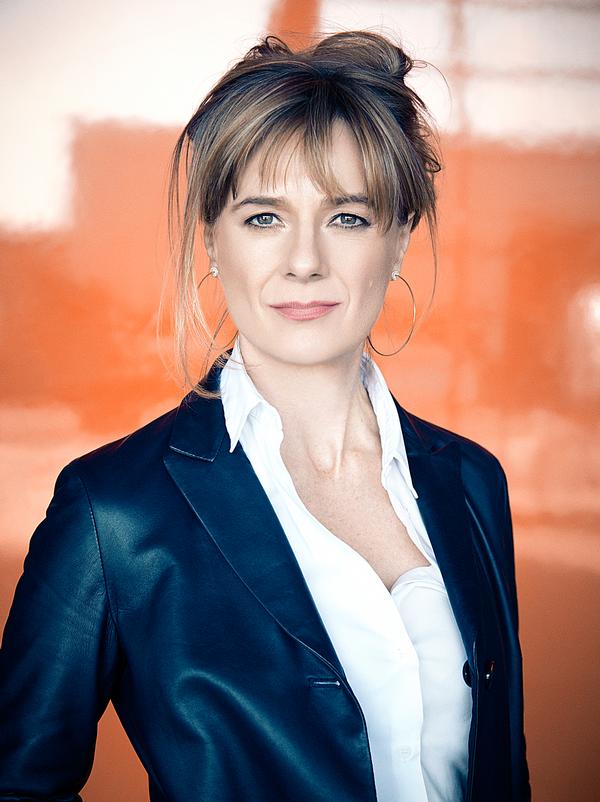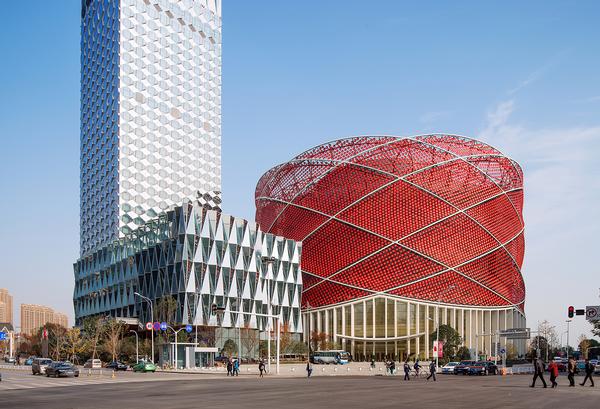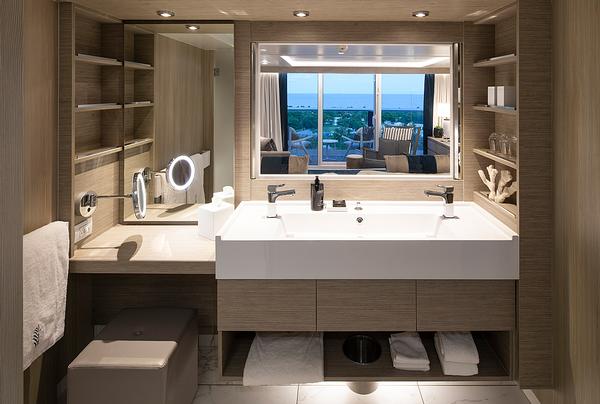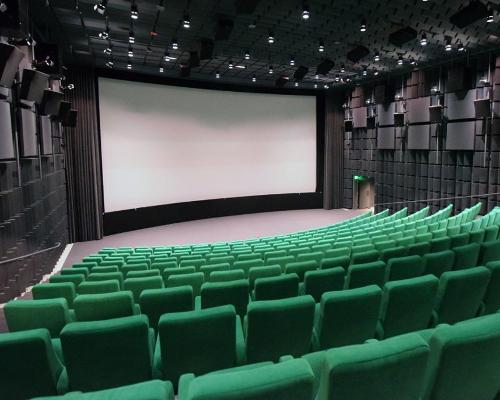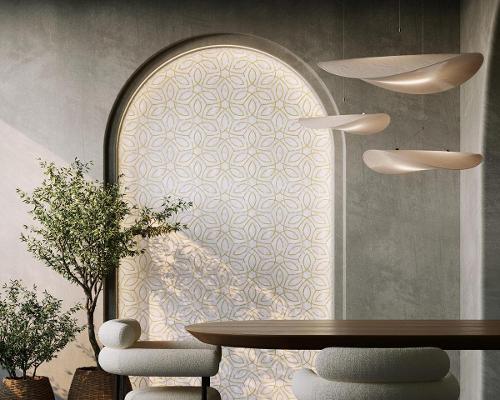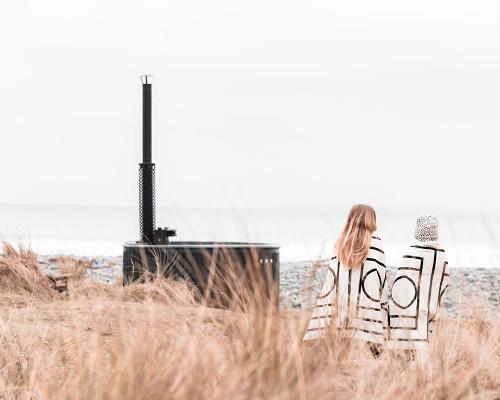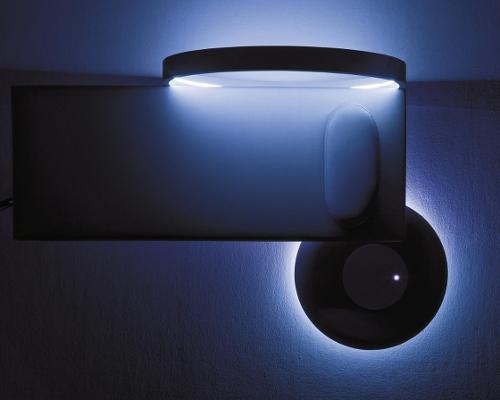CLAD people
Rem Koolhaas
Rem Koolhaas Founder, OMA Project: Fondazione Prada, Milan, Italy
OMA, the architectural practice founded by Rem Koolhaas, have converted a former industrial complex in Milan, Italy, into a new home for designer Miuccia Prada’s Fondazione Prada.
Fondazione Prada was established by Miuccia Prada in 1993 as a cultural organisation dedicated to the arts, cinema and philosophy. The new venue opened on 9 May.
The 19,000sq m (204,500sq ft) art campus, has been seven years in the works and was masterplanned by the OMA team of Koolhaas, Chris van Duijn and Federico Pompignoli.
Commissioned by Fondazione Prada, the project blends modern and traditional architecture with the regeneration of a 20th century factory. Local architects Alvisi Kirimoto & Partners and Atelier Verticale also worked on the project, while Favero&Milan acted as structural engineers.
The former gin distillery comprised warehouses, laboratories and brewing silos. The redevelopment leaves seven of the existing buildings and adds three new structures. These contain a museum, cinema, auditorium, space for temporary exhibitions and a 10-storey permanent exhibition space to house the foundation’s collection.
The building also has a café designed by film director Wes Anderson and an exhibition pavilion. The standout feature is a building known as the Haunted House – a structure clad in 24-carat gold leaf, with only the glass on the windows remaining exposed.
“The Fondazione is not a preservation project and not a new architecture project,” said Rem Koolhaas. “Two conditions that are usually kept separate here confront each other in a state of permanent interaction – offering an ensemble of fragments, each of which will keep its own identity, while not dominating the others.”
He added: “New, old, horizontal, vertical, wide, narrow, white, black, open, enclosed – all these contrasts establish the range of oppositions that define the new Fondazione. By introducing so many spatial variables, the complexity of the architecture creates a positive tension between the art and the architecture.”
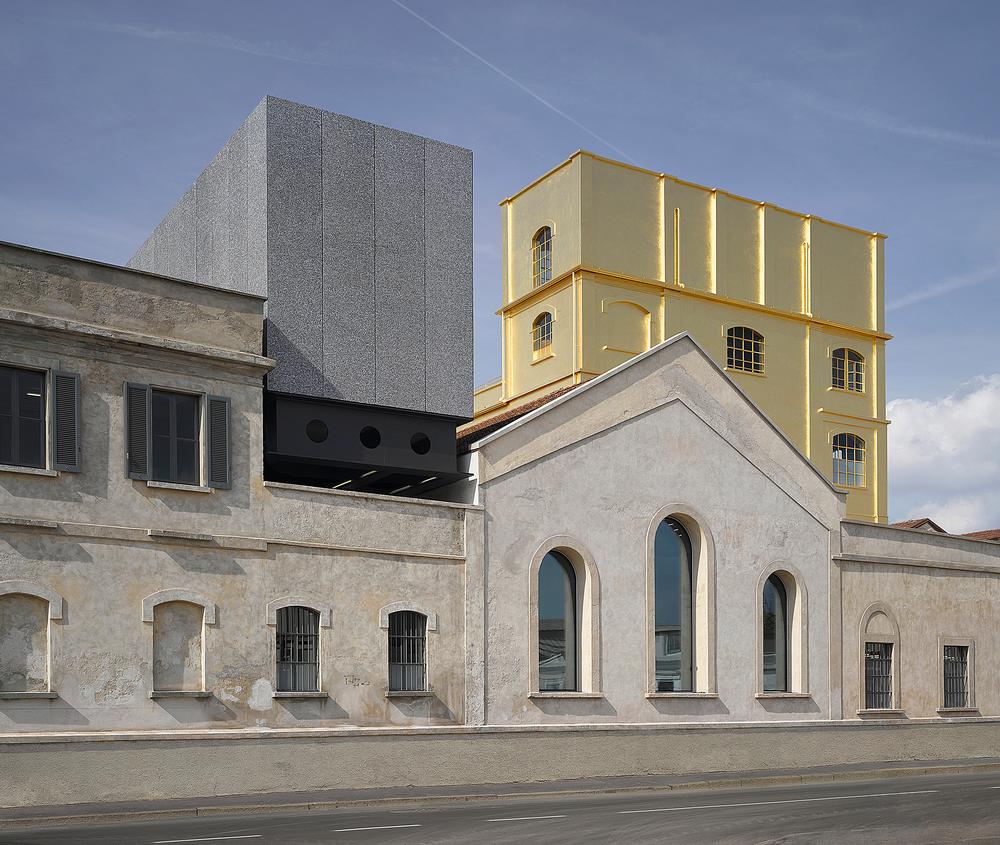

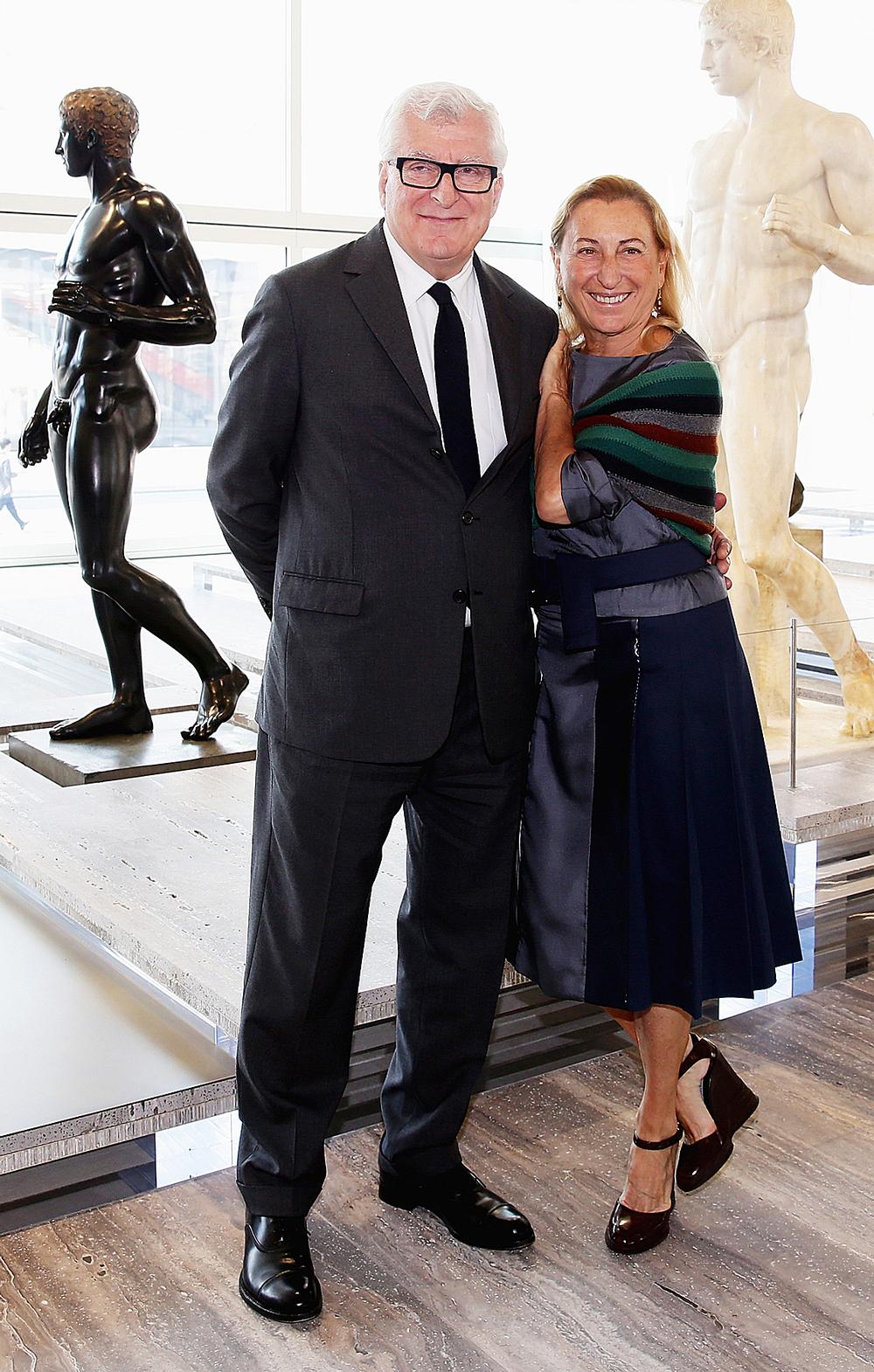
From parks designed to mitigate the effects of flooding to warming huts for one of the world’s coldest cities, these projects have been designed for increasingly extreme climates



